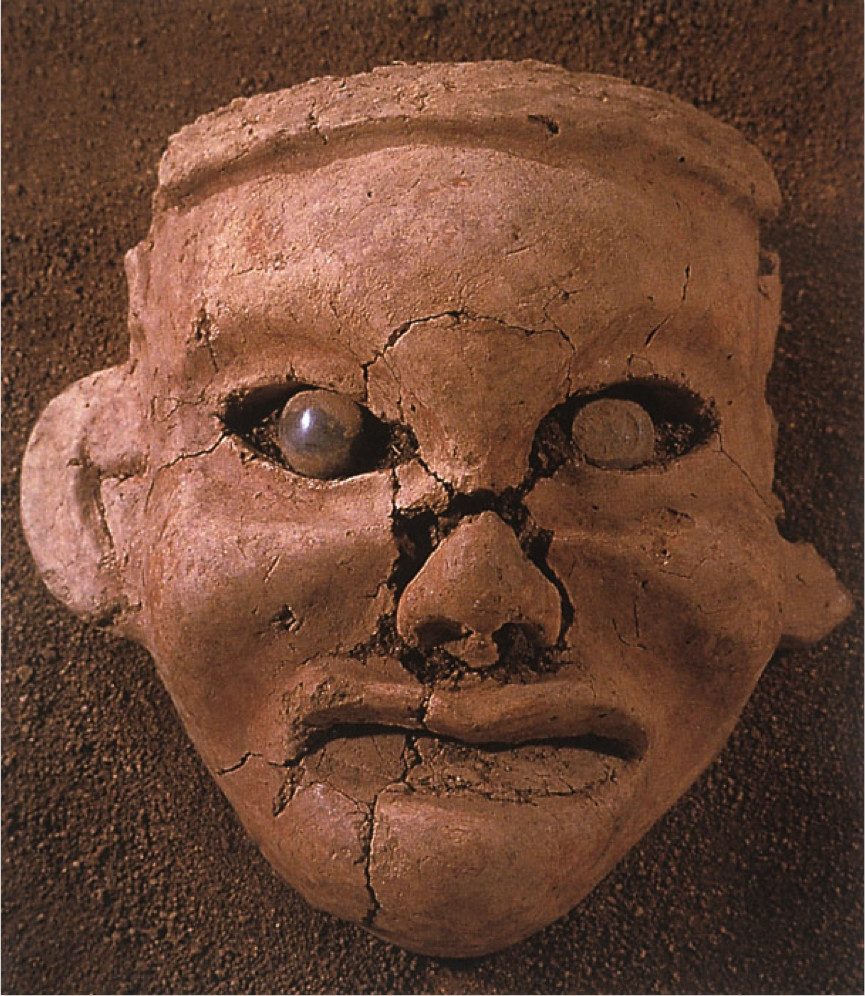How the ancient western Liaoning corridor was formed

This is a statue of the Hongshan goddess excavated in Liaoning Province in 1983. Hongshan culture played a significant role in the formation of the ancient western Liaoning corridor.
Civilization in western Liaoning Province evolved for thousands of years. It began with Hongshan culture (4000-5000 BC) which led people in western Liaoning to leave uncivilized society and enter a new stage. This place has become one of the origins of ancient Chinese civilization and took the leading position for a long time.
During the period of Hongshan culture, a traffic route inside the western Liaoning region was basically formed. With the development and expansion of Hongshan culture, the ancient western Liaoning corridor, which connects the Central Plain and northeast China, was solidified. During the Xiajiadian lower level culture (2000-1500 BC), the Qinglong River, Laoha River and Daling River in western Liaoning were closely connected with the Central Plain and northeast China through water transportation. This also stimulated the final formation of the ancient western Liaoning corridor on land. The ancient western Liaoning corridor originated during the Hongshan culture period and it also accelerated its progress as a civilization.
Through mutual communication and exchange, the ancient western Liaoning corridor promoted the integration of diverse cultures, absorbed advanced cultural factors and gradually formed its own cultural characteristics. Many jade articles, shell and mussel accessories excavated in the ancient western Liaoning corridor demonstrate that there were frequent cultural exchanges at that time.
After the formation of the ancient western Liaoning corridor, many ethnic groups, such as Xianbei, Qidan and those of Mongolia, followed the corridor to migrate southward and left abundant historical and cultural treasures. In return, the Central Plain culture was transmitted to northeast China with the Han people’s northward migration. In this process, national integration and cultural identity were enhanced through multi-ethnic cultural exchanges. The corridor played a significant role in connecting the hinterland and borderlands, agriculture and nomadism.
Cui Xiangdong is dean of the Institute of Northeast Asia Corridors at Bohai University in Liaoning Province.

 PRINT
PRINT CLOSE
CLOSE